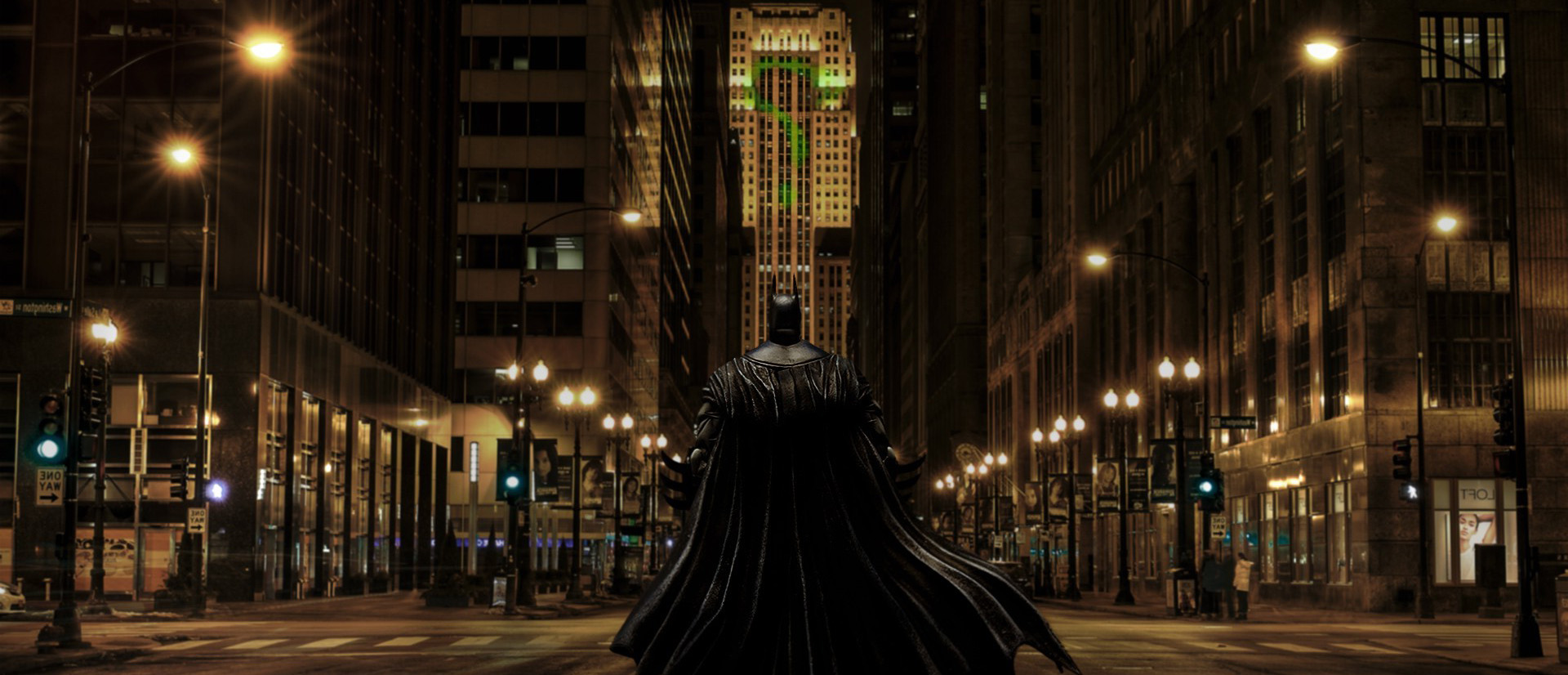Chicago Crime Analysis
with
Advanced Visualization
“This city just showed you that it’s full of people ready to believe in good.”
Chicago, one of the greatest city in the U.S, located in northeastern Illinois on the southwestern shores of freshwater Lake Michigan. With a population of 2,746,388 in the 2020 census, it is also the most populous city in the Midwestern United States and the fifth most populous city in North America. However, due to various factors, for decades, this city has been bothered by a non negligible high crime rate, which puts it into the array of most unsafe U.S cities.
Our plan in this project is to portray crime patterns in Chicago, for instance, the dynamic danger level of blocks over time which might help protect Chicago residents from crimes. To address this challenge, this project built data visualizations that allow Chicago residents, to visually explore Chicago crime data in the past 5 years. The visualizations will show the geographical distribution of crimes over time dynamically and allow citizens to explore crime distribution within one day by radar graph. The Chicago PD might also benefit from the network graph of crime descriptions and crime types analysis of this project by allocating more resources to high-frequency crime types.
